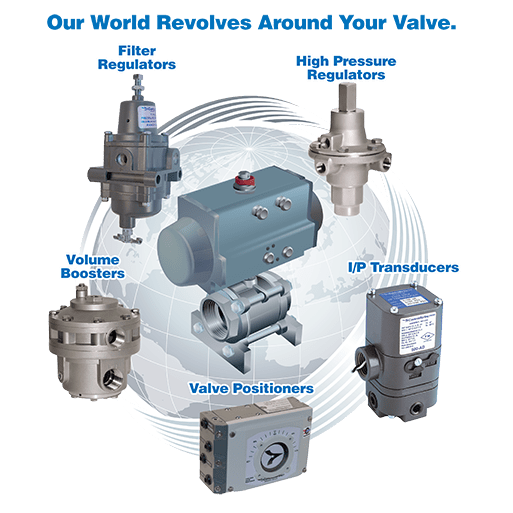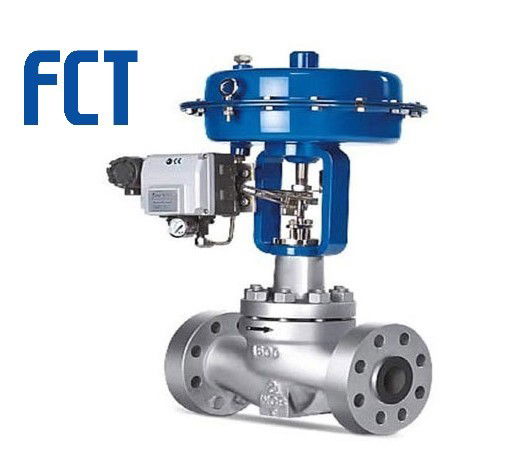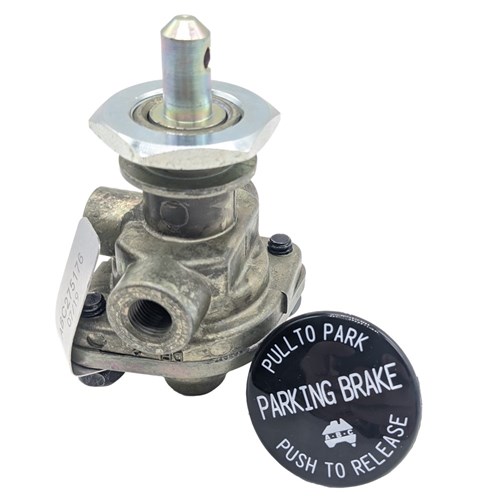Efficient Control Valves: Key Components for Reliable System Monitoring
Efficient Control Valves: Key Components for Reliable System Monitoring
Blog Article
Achieve Seamless Assimilation and Control With Quality Structure Automation Controls
In the realm of modern-day building management, the relevance of top quality structure automation controls can not be overstated. As technology proceeds to breakthrough, the assimilation and control of various systems within a building have actually advanced to be extra efficient and advanced. The seamless procedure and monitoring of lighting, HEATING AND COOLING, safety, and various other structure features have actually ended up being extremely important for improving passenger convenience, power performance, and general functional performance. The journey in the direction of achieving real integration and control is a diverse one, with considerations ranging from system compatibility to cybersecurity. Accepting quality building automation controls is not just an issue of comfort but a critical vital for organizations intending to optimize their centers' performance and sustainability.

Development of Structure Automation Controls
Throughout the previous few years, the evolution of developing automation controls has significantly changed the means buildings are managed and operated. Developing automation systems primarily focused on standard functions such as managing air flow, heating, and air conditioning (A/C) systems. As modern technology advanced, these controls have ended up being a lot more sophisticated, enabling for a larger array of building systems to be incorporated and handled centrally.
The development of developing automation controls has actually seen a shift in the direction of more intelligent systems that can adjust to altering problems in real-time. This adaptability is crucial for enhancing power performance and ensuring resident comfort. Additionally, modern building automation controls currently offer features such as predictive maintenance, remote tracking, and information analytics, enabling facility managers to make data-driven choices to improve building efficiency.

Advantages of Quality Assimilation
The advancement in building automation manages in the direction of even more smart systems has highlighted the substantial advantages of quality integration in optimizing structure procedures and boosting general efficiency. This central control likewise supplies better visibility and understandings right into building efficiency, allowing positive upkeep and optimization approaches. On the whole, the advantages of quality integration in building automation controls are indisputable, providing boosted performance, convenience, and functional performance.
Enhanced Customer Experience and Accessibility
Enhancing individual communication with building automation manages via intuitive design and boosted availability boosts the overall experience for owners and center managers alike. By concentrating on individual experience, building automation systems can become extra effective and user-friendly. Instinctive user interfaces, clear navigating, and adjustable settings empower users to interact with the controls conveniently and properly.
Ease of access functions play a critical duty in making sure that all people, consisting of those with specials needs, can utilize the structure automation manages with simplicity. Incorporating attributes such as voice commands, tactile buttons, and color-contrasted displays can boost ease of access and make the controls more comprehensive.
Additionally, improved customer experience brings about greater user contentment, raised productivity, and far better decision-making. Residents can readjust environmental setups according to their choices, while facility supervisors can efficiently take care of and monitor structure systems - control valves. Generally, prioritizing individual experience and ease of access in structure automation controls contributes to an extra seamless and efficient building setting for all stakeholders included
Lasting Practices Via Automation

In addition, automation can help with the assimilation of renewable energy sources such as solar panels or wind turbines into building operations. Through automation, buildings can align with modern sustainability goals and contribute to a greener future.
Future Trends in Building Control Systems
One prominent pattern shaping the future of structure control systems is the increased assimilation of Artificial Intelligence (AI) and device discovering. Furthermore, the Internet of Points (IoT) is reinventing building control systems by linking tools and sensors to enhance and simplify operations performance.
Another vital trend is the focus on cybersecurity steps to protect against possible hazards to building automation systems. As buildings end up being extra interconnected, guaranteeing durable cybersecurity methods will be vital to safeguard sensitive data and stop unapproved access.
Furthermore, the change in the direction of cloud-based systems is gaining momentum, enabling for systematized control and remote access to building systems. This promotes easier tracking, maintenance, and updates, improving the total performance and adaptability of building control systems. As modern technology continues to development, these trends are expected to form the future landscape of building automation controls, driving go to this site innovation and sustainability in the constructed environment.
Conclusion
To conclude, building automation controls have progressed dramatically, providing countless benefits such as boosted user experience, access, and sustainable methods. Quality combination plays an essential duty in attaining seamless control and effective procedure of structure systems. Future patterns in building control systems are most likely to concentrate on further boosting automation abilities for enhanced energy performance and total performance. It is essential for building owners and drivers to focus on the adoption of quality structure automation regulates to enhance building operations and achieve long-term sustainability objectives.
In the world of modern building monitoring, the importance of high quality building automation controls can not be overemphasized. On the whole, the evolution of structure automation manages proceeds to drive advancement in the structure management industry, providing new possibilities for producing smarter and much more sustainable buildings.
The advancement in structure automation controls in the direction of more intelligent systems has underscored the considerable advantages of quality combination in maximizing building operations and enhancing total efficiency. On the whole, prioritizing user experience and access in building automation manages contributes to a more smooth and productive structure setting for all stakeholders included.
It is vital for building proprietors and view operators to focus on the adoption of quality structure automation controls to enhance building operations and achieve long-term sustainability goals. - control valves
Report this page